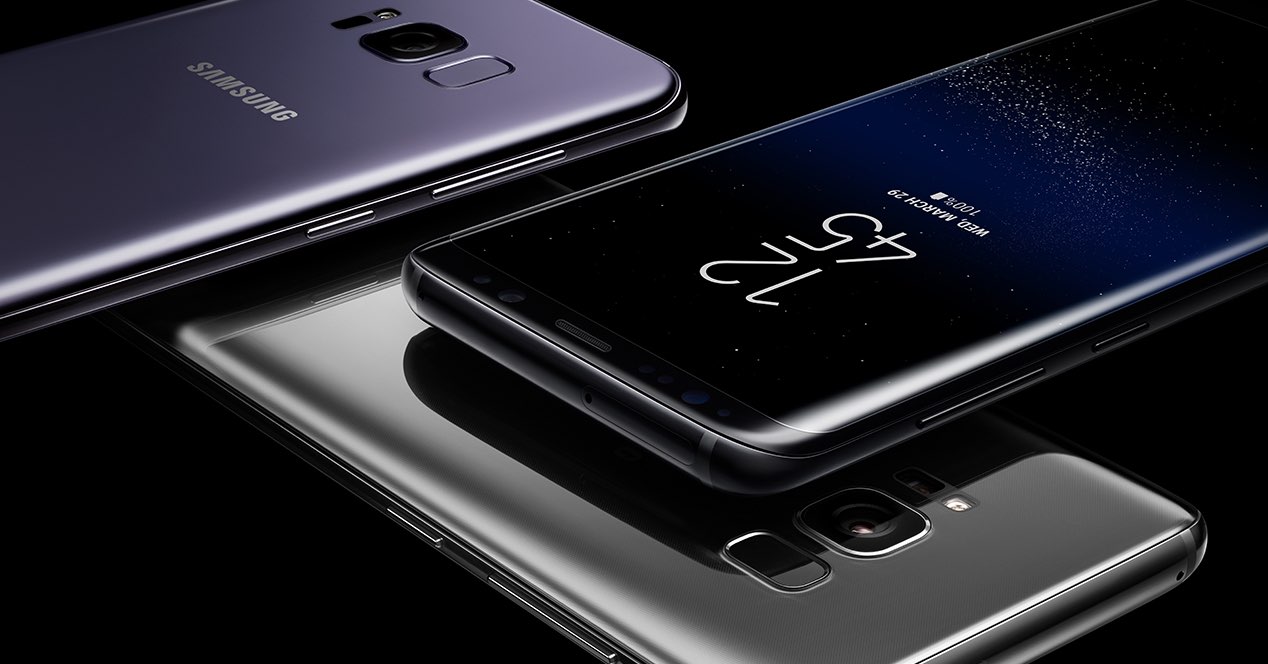
LCD screens are already only present in previous generation high-end mobiles. OLED displays have become the standard in the high-end. However, the future would be Micro-LED displays.
Micro-LED, the screens of the future
Even Apple has installed an OLED screen in the iPhone X. It is a screen made by Samsung. Each iPhone X that is sold will also bring a large amount of revenue for Samsung. In fact, even if it is not sold, Apple will have already bought the screens from Samsung, and they are going to make money from the iPhone X. But in any case, the fact that Apple has already installed a screen on the iPhone X, when had claimed on many occasions that LCD screens were better, it just means that OLED screens are the best for smartphones today.
But OLED is the present, not the future. The future of displays is the Micro-LED. Like OLED screens, and unlike LCD screens, the LEDs of a Micro-LED have their own lighting, so they do not require an additional light source.
Why are Micro-LED displays better than OLED displays?
OLED screens are screens composed of LEDs whose colors are achieved by means of organic materials. OLED screens require several additional layers to the layer of LEDs so that we can visualize them, as a polarization layer. This is something that you can do without with Micro-LED displays, which use inorganic material to get the color in each of the LEDs. Additionally, the lifetime of a Micro-LED screen is longer than that of an OLED screen.
Micro-LED displays save tons of battery life
One of the great problems of today's smartphones is that the autonomy of a mobile phone does not exceed a full day. Screens consume a lot of energy. But Micro-LED displays consume less power than LCD displays. Specifically, a Micro-LED screen can consume 90% less energy than an LCD screen, and up to 50% less than an OLED screen to achieve the same level of brightness. That means that with the same level of brightness we can get more hours of autonomy on a mobile. Specifically, we could go from one day of autonomy to two days. Or we could even get a higher brightness level, useful for when we are on the street and there is a lot of sun.
It's the future, but they're still too expensive
Micro-LED displays are the future, and in fact they are not an innovation. The technology was introduced in 2000, and Sony introduced a 55-inch screen with Micro-LED technology in 2012. A very expensive screen, and almost impossible to mass-produce. The big problem is that currently building a screen with Micro-LED is more expensive, precisely because you need an assembly team capable of working with very small elements. The solutions found so far are not economical. But Micro-LED displays are coming.
To mass-build screens it is necessary that the process be robotized. A Quad HD display has a resolution of 2.560 x 1.440 pixels. That's over 3,5 million pixels, so that's 3,5 million light sources to install on a screen. Logically, a screen is not built by installing the pixels one by one, but in blocks. Currently it is possible to install blocks of 3030 LEDs as long as the light source is at least 100 microns. In this case, the light source is less than 10 microns. Hence they are Micro-LED.
The problem is that in order to mass produce Micro-LED displays, you would need equipment that is capable of performing installations on a display with a precision of 1,5 microns or less (the lower the figure, the higher the precision). Currently, the precision of existing equipment is 35 microns.
They try to find a way to install Micro-LED blocks inexpensively, but until now, all solutions are much more expensive than manufacturing OLED displays. However, it seems that it will be the future. As long as it is possible to make the manufacture of said screens more economical.
When we think about the price of a smartphone, and we believe that mobile phones are much more expensive than it is really worth to manufacture them, the reality is that we do not take into account the investment in research and development that a manufacturer makes to get to manufacture screens in a more economical. Indeed, the screen is cheaper, but the cost that it has had to get to have the necessary technology for the screen to be this cheap should be taken into account. And that applies to both Samsung and Apple, companies that invest a lot of money in research and development, and whose phones are very expensive, with technologies that are later imitated by other manufacturers.